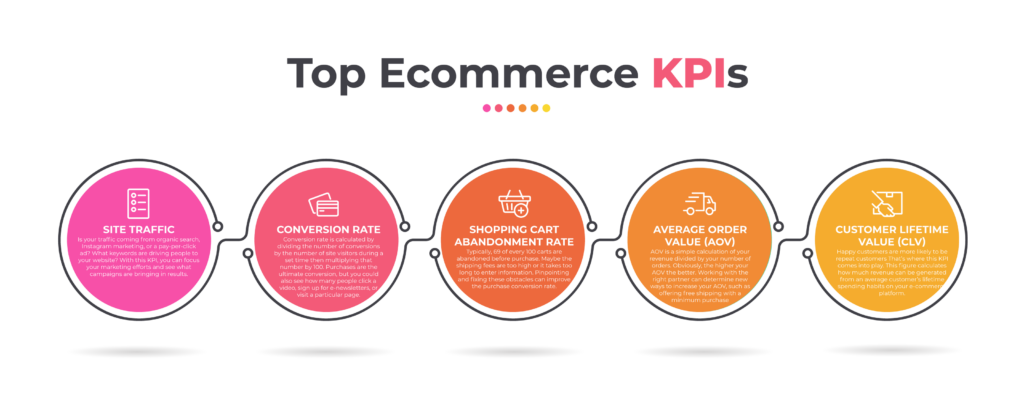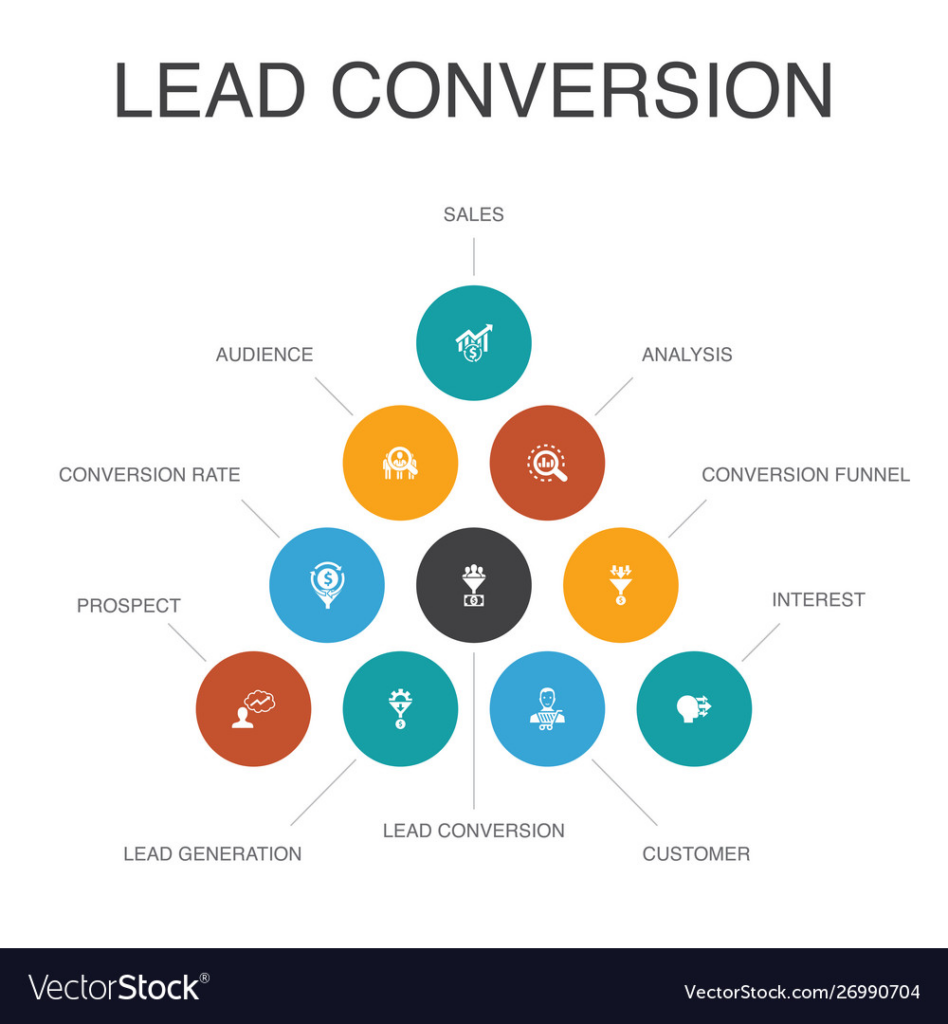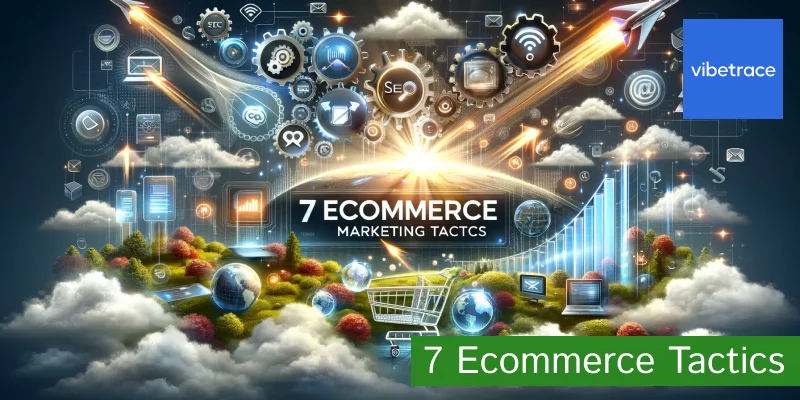It’s no secret that ecommerce marketers need to use different strategies to increase sales.
The difference in marketing tactics can be huge, though at times, borrowing some marketing tips from in-person marketers and then improving on them can be very useful.
In this article, we’re going to break down how to secure and boost your ecommerce sales by using specialised digital marketing strategies.
Before we get into that, it’s important to lay some groundwork. We’re going to look at what exactly ecommerce marketing is and which challenges to overcome.
After that, we’ll dive into the best strategies to include in your ecommerce marketing plan.
What is ecommerce marketing?
Every year, ecommerce businesses are making more money, and that pattern doesn’t look to be changing anytime soon.
It’s clear, then, that ecommerce is a viable, growing market. This tells us two things right away:
- First, any given ecommerce store is likely to see more traffic each year than in previous years.
- Second, there’s bound to be a lot of competition in such a promising sector.
That’s where smart ecommerce marketing comes in.
This kind of marketing is all about increasing sales and boosting traffic to your ecommerce site. The more visitors your website has, the more sales you’ll be able to make.
At the same time, ecommerce marketing helps you convince more site visitors to become customers, which drives your conversion rate up.
By using the right ecommerce-specific marketing tools, you can use the rising popularity of ecommerce to your business’ advantage, all while overcoming the challenges associated with running a successful online store.
Let’s have a look at those obstacles, so that it’s easier to understand how the right ecommerce marketing efforts can overcome them.
Common challenges in ecommerce sales
Unfortunately, it’s not all sunshine and rainbows in the world of ecommerce marketing campaigns. Securing those ecommerce sales can be difficult.
Challenges might present themselves during the ecommerce customer journey or at any point before that journey even begins.
What are those challenges, and how should you mitigate them to make the online shopping experience your ecommerce website offers the best it can be? Below are the five most common roadblocks.
Targeting the right KPIs
KPIs (key performance indicators) help you compare your business’ performance to that of your competitors. They show you how you’re doing in relation to a set of criteria, and they also show you how your competition scores in those same areas.
In other words, tracking the right KPIs makes it easy to outdo the competition in every area that counts.

Let’s look at an example. Say you’re trying to see whether the current size of your customer base, and the rate at which it’s growing, needs work.
By tracking that KPI, you’d quickly find out how your customer base compares to those of others in your field, including whether it’s growing acceptably or needs work.
You’d also find out details about which age groups, genders, and/or ethnicities your customers tend to fall into.
Using KPIs the right way turns them into a huge asset. However, it can be challenging to decide which KPIs are worth tracking.
The short of it is that your chosen KPIs need to contribute to the success of your business. For example, finding out which of your products are bringing in lots of new customers is bound to be useful, since those products are clearly serving their purpose. Comparing the way all your products are performing in this regard might be more useful though.
One of the most important KPIs for any ecommerce business to track is the performance of each of their customer engagement platforms. The more engagement you can get from your customers, the more traffic your online store will get, which means more sales.
Competition
Every online retailer knows that when it comes to competition, giants like Amazon are a force to be reckoned with. For reference, look at how far it outranks its nearest competitor:
That tells you one thing for sure: You can’t have an ecommerce business with no competition.
As long as you sell physical products, Amazon and many others will share your niche. It’s practically impossible to come up with some miraculous new product that absolutely no one else sells any version of.
However, that doesn’t mean that all hope is lost. Your site might get fewer daily clicks than Amazon, but that just means you’ve got to be smart about the way you handle your marketing so you stay ahead of the competition.
For example, if you’re selling hosted call center solutions, you’ve got to show your potential customers what makes your solutions better than all the others. Find what sets you apart, and capitalise on that.
The same is true for anyone selling physical products. Maybe you sell the most eco-friendly water bottles, in which case customers should associate the very phrase “eco-friendly water bottle” with your brand.
The competition isn’t going anywhere. But if you can make it clear that you’re the best choice, they won’t hinder your sales.
Lead conversion
Having millions of people clicking on your site every day sounds amazing, until none of them end up actually buying anything.
Does that sound like a disaster? You can avoid it by working on your lead conversion strategies.
Lead conversion is crucial to any ecommerce business. At the same time, it’s very difficult to pull off. As the infographic below shows, most industries’ average lead conversion rates don’t even reach 5%.

That doesn’t mean it’s impossible to turn casual visitors into loyal customers—it just makes this a major challenge that any good ecommerce marketing strategy has to overcome.
One great way to set about doing this is by using website personalization, which has helped AfB reach a conversion rate of 88%.
A high conversion rate is a good indication that you’re running a successful ecommerce business, and that you’re properly tailoring your content (and strategy) to your target audience.
Shopping cart abandonment
Abandoned carts are the bane of any ecommerce business’ existence. They tell you that a customer considered your products, selected one or more to purchase, possibly even started the checkout process, and then left.
The worst part is that shopping cart abandonment is very, very common. Although average rates vary depending on the type of business in question, all of them are high.
It might be tempting to look at all those abandoned carts and lose hope. But that’s not the feeling they should inspire, quite the opposite, in fact.
If you’re seeing abandoned carts, it means your site viewers were interested in your product and that’s the surest sign that you can make them into customers with a bit of work.
Let’s consider an example. A customer had a full shopping cart, with lots of items in it, but they abandoned it midway through checking out. They did leave their email address, however. That means you can use some clever personalised email marketing to let them know you’ll offer them a first-time discount if they decide to come back and buy the items in their cart.
It also provides you with a great opportunity to set about implementing some intelligent automation. You can, for example, introduce intelligent automation into the checkout process that monitors abandoned carts and then contacts the would-be customers with relevant offers, information, and/or promotional codes.
Customer retention & loyalty
When you can’t physically meet your customers, it can be harder to build up the kind of loyalty and rapport that it takes to increase your customer retention on the whole.
However, one look at the benefits that come with customer loyalty should be enough to make any online retailer want to put in the work to earn that loyalty.
A customer that tells friends about your brand, is one that’s going to be far more likely to give those friends a referral to your company. That means more potential conversions, as well as the chance at more loyal customers.
So what’s the big challenge here? One-time buyers or customers.
They’re not bad, per se. After all, one-time buyers are still buyers, meaning that they still drive your sales. To put into context why they represent a challenge to overcome, we’re going to consider an example.
Say your product is a screen-sharing tool. A one-time customer might use your tool during a meeting, but they’ll only use it once. That means that as soon as their meeting ends, they’ll no longer have any association with your business.
On the other hand, loyal customers will use your tool every single time they need to do some screen sharing. That means that every time they’re in a meeting, they’ll turn to your product.
They’ll also be more likely to recommend your brand to anyone else in their company who needs to share their screen; if you’re lucky, they could even give you some word-of-mouth promotion to their friends in other companies.
In other words, loyal customers make up the difference between “oh, I used them once” and “that’s my favourite ecommerce brand, they’re the best, you’ve got to try them too” when customers refer to you. Securing more loyal customers can only benefit you.
7 Key strategies that will supercharge sales
Now that we’ve seen some of the most common obstacles that ecommerce companies have to reckon with, it’s time to learn about how to overcome them. More than that, we’re going to get into the best ways you can smash your sales quotas.
Do you like this article?
Join our CX for Retail dedicated newsletter!

Stay connected to what’s really important to optimize your digital revenues.
By clicking the button, you accept our Terms & Conditions. Also you will need to confirm your email address.
Optimise your site
SEO (which stands for search engine optimisation) is all about how highly your site ranks in the search engine results when customers enter relevant terms. For example, if your blog post is about how to manage remote teams, you’d want it to show up under terms like ‘remote teams’, ‘remote team management’, ‘managing teams’, and so on.
But why is SEO so important? Put simply, it drives traffic to your site. Here’s how big of an impact SEO has on site traffic:
SEO makes your site more visible to relevant audiences. As the infographic shows, it does that even better than social media marketing can. It gives your business access to target markets—showing up right at the top in any popular search engine means users don’t have to put in extra effort just to find you.
Sites with a greater degree of optimisation will be full of relevant content and easy-to-navigate product pages. That makes for a better customer experience, which helps drive brand loyalty. It also encourages customers to stay engaged throughout the buying experience.
Content is king
Content marketing is an incredibly useful tool to incorporate into any ecommerce marketing plan. Whether your business produces content by blogging, posting on social media, and/or sending out emails, you can benefit from building a strategy around that content.
One major indicator of the effectiveness of content marketing is that businesses have started to invest more money into it. Consider the way the higher price brackets saw more traffic in 2020 compared to 2019:
The reason for this increase in investment into content marketing is that content is king when it comes to visibility.
The more pages your website has, the more chances it’s got to show up in search results. Each piece of content is going to broaden the scope of the audience you can appeal to.
Every blog post gives you the chance to include more keywords, which means appearing in more searches, creating more leads, and driving conversions.
Content marketing also comes with the added bonus of letting you show off your new products. You’ll be able to use each piece of content across your marketing channels, helping you widen your reach and showcase products in front of as many people as possible.
Market on social media
Branding is extremely important in brand recognition and setting expectations for your customers. You need to make an eye-catching logo, design a smooth user experience, and offer products with unique selling points.
However, you can’t let the branding do all the talking.
You’d be hard-pressed to find anyone in today’s workforce who doesn’t have an account on at least one social media platform. And where there are users, ecommerce businesses can market.
It also helps that social media marketing comes with a whole array of benefits.
More brand exposure means more visibility, which means more leads and eventual conversions.
When that exposure gets generated on platforms audiences use regularly, you’ll get higher chances of successfully pushing your products and promotions.
This is especially valuable for small businesses—with the right approach, a small business’ social media posts can give them high visibility.
You can also use social media as a way to reach out to customers in other ways, such as to answer questions or direct them to helpful resources. That’s what makes it such a useful tool for CRM in retail.
Social media marketing also combines beautifully with most content marketing strategies, as well as with plans that involve using influencers.
Engage influencers
Over 90% of marketers who use influencer marketing said that it helped increase their sales.
Influencers help you reach all kinds of audiences. They can target both broad and niche audiences, especially if they’re part of the demographics you’re aiming for.
For example, let’s say you want to market your business video conferencing products to young professionals. You could reach out to young and successful influencers who are also part of the workforce.
That way, anytime they tell their followers how useful your products are, those followers will know the influencer is using them too.
As an added bonus, influencers can be hugely helpful in creating more new content for you.
Reach their inboxes with email marketing
Email campaigns are a great way to reach out to people and find new leads. Even though some businesses (and customers) struggle with managing email overload, email marketing has the potential to reach and affect thousands of people at any given time.
By sending out emails, you can generate and nurture your valuable leads. You can also create brand awareness while you’re at it.
When users sign up to your email list, you’ll be able to ensure that they continuously have access to your latest content. You can even offer premium deals and discounts to your email subscribers as an incentive to encourage more people to engage with your content.
With the right subject lines, you can entice leads into opening your emails and eventually becoming paying customers. You can also use emails to nudge leads until you manage to convert them.
Rev up reach with referral marketing
Referral marketing is all about your customers telling their friends how great you are. In an ideal situation, every satisfied customer gets you another customer through referral marketing.
As it turns out, the pandemic gave referral marketing a huge boost:
What this tells us is that consumers are becoming increasingly fond of choosing where to spend their money, based on where their loved ones spend theirs. In other words: If you impress one customer, chances are, you’ll get the chance to impress their contacts.
Picture, for example, making a post on social media about your new inventory software. Someone comments on it, tagging one of your customers and asking whether this was the one they used. Your customer replies with an enthusiastic yes—your brand was crucial in helping them organise and manage their inventory at their business!
Right there, you’ve already got one new lead. The person they tagged clearly showed interest. But what’s more is that anyone else browsing your comment threads will see this one, and if they’re already on the fence, it might be the last push they need to check your product out.
And one other thing. The customer who publicly recommended your brand? They’re enormously valuable to your brand, because they’re already a vocal loyalist. Make sure you nurture people like that, so that they keep acting as mouthpieces for your products.
Personalisation
If you’re looking for software for BCM for your ecommerce business, would you be more likely to click on a link for “BCM software”, or for “ecommerce BCM software for medium to large businesses”? Of course, you’d pick the one that more closely fits your personal needs.
That’s exactly what the power of personalisation looks like, and why so many businesses swear by it.
Now, that doesn’t mean you should get overly personal. No one wants to see an ad that somehow knows their credit card number.
The goal should be to appeal directly to the things your targets are going to be looking for, or the factors that are most likely to push leads into becoming customers. Personalisation should be incorporated into every step of the customer journey.
Your targeted PPC (pay-per-click) ads will be more successful if they’re designed to cater to specific audiences. For example, using the right lingo might help you appeal to younger audiences. Culturally-specific jokes or references can help you target members of that culture.
The possibilities are endless, and that’s just with regards to ads. Content that’s designed for different parts of the purchasing journey is going to have to look different, accordingly.
For example, content that’s designed to boost your click-through rate has to be immediately attention-grabbing.
On the other hand, customers who are close to making a purchase after a period of deliberation (such as the dreaded shopping cart-abandoners) might prefer to see a case study that shows off how effective your product is.
Conclusion
Despite the challenges ecommerce companies sometimes face when it comes to earning revenue, the right marketing strategy will pave the way to success.
It’s always possible to boost your ecommerce sales.
You can do that by carefully formulating appropriate strategies that take the main challenges of ecommerce—KPI targeting, competition, lead conversion, and shopping cart abandonment—into account.
So long as you understand your goals inside and out, ecommerce marketing strategies can take you to them.

